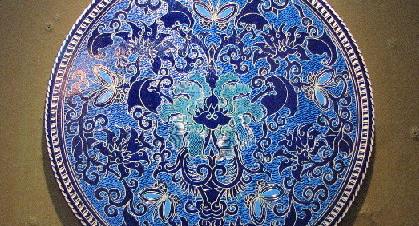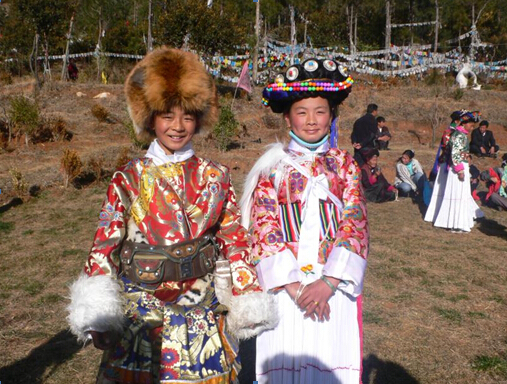Mud Figures of Dongba
In Dongba Culture, it is more popular to use flour rather than the mud to make religious figures. Flower figures represent multi-fold meanings. Firstly, they serve as food which attracts deities to congregate. Dongba believers in history find them useful especially on the occasion of conjuring up deities. At the ritual, Dongba priest first takes kneaded flour to touch bodies of ritual participants and then to touch the surfaces of houses, animal stables, doors and windows so that invisible deities and ghosts could be revealed and be incarnated into the scented floured. Secondly, the flour paste will be turned into vivid figures in front of the ritual participants who will see those figures being killed or thrown away. By doing so, participants begin to feel that they are part of that animated game which is deemed as mystic in the past by many. Finally, deity figures will be burned and reduced to smoke in the air and ghost figures slain and thrown at deep valleys. Such a fete makes participants religiously purified.

In contrast, on one hand, mud-made figures do not carry many significant functions which failed to conjure up deities and ghosts. The ritual will be meaningless without deities and ghosts. On the other hand, mud is regarded as a cheap thing in making deities. Therefore, it is not allowed to use mud to make deities, but anything could be used to make ghosts especially ghost kings in distant places. The purpose of the ritual is not to attract those ghost kings but to conjure away household ghosts to those ghost kings. According to Naxi legend, Shizhiluogong is a ghost king in southern China. It has a cattle head and a human body that grows a wide gory mouth and likes eating small ghosts. Dongba priests tend to drive those small ghosts to place lived by Shizhiluogong.
Dongba priest would set up a ghost house at a courtyard corner or in the bushes just outside the courtyard. A mud-made ghost king surrounded by rich ghost offerings were put in center of the ghost house. It is expected that the offerings are used to lure the ghost king and small ghosts are to come to share those offerings with the ghost king. In conclusion, the mud figures are less than the flour figures in numbers and their shapes are easy and simple.
Source: ljgc.gov.cn
Editor: Feng Hui





